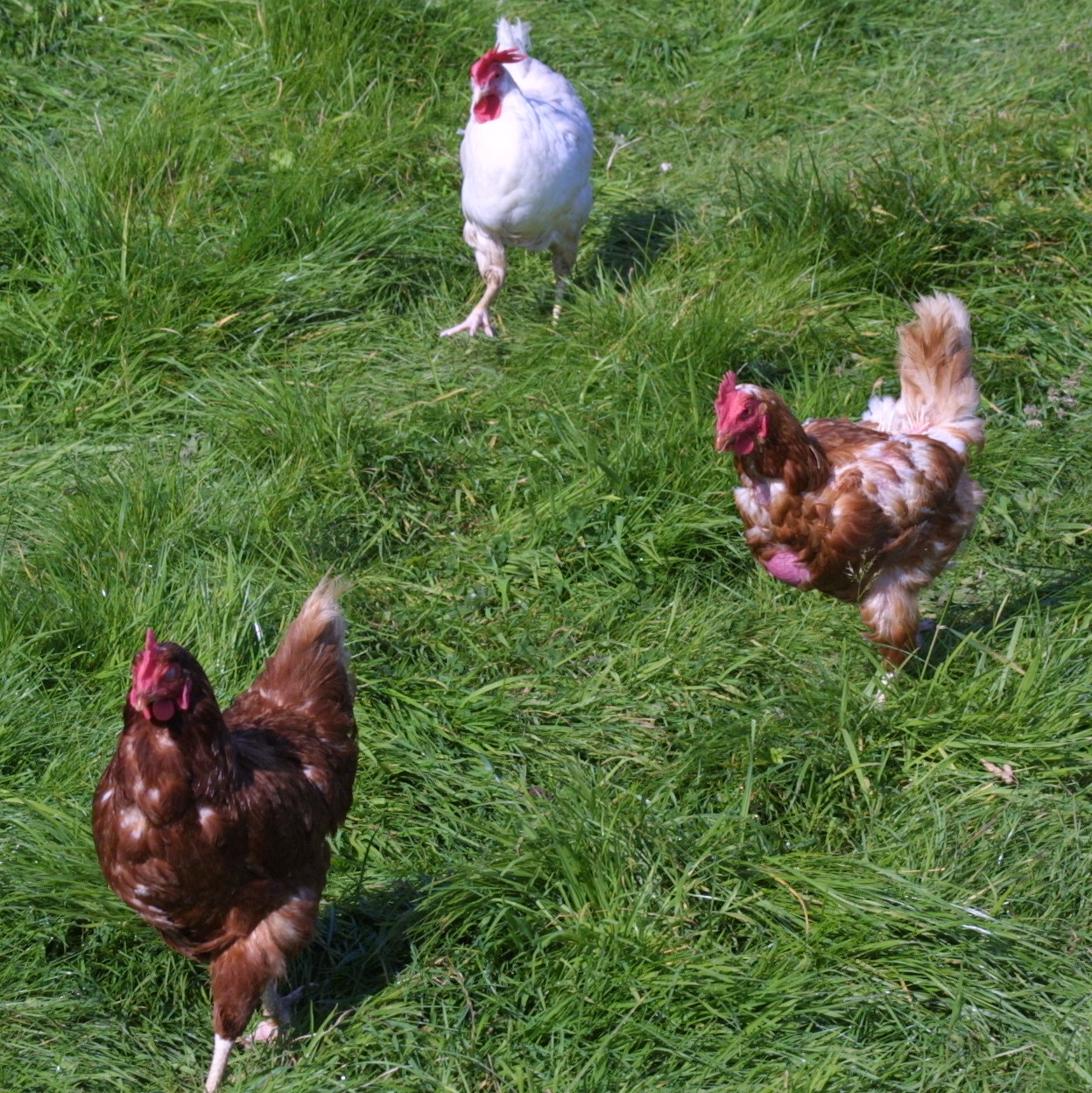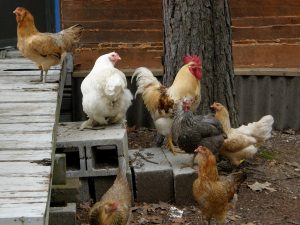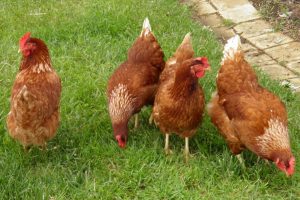
All of us here at J&M Food Products Company thank you for joining us at our new blog! Please share our stories with friends through Twitter, Facebook and other social media and email us your comments or ideas. Today we will talk about halal chicken. Let’s get started.
Halal Chickens: What are they?
 To be a halal chicken is simple. It must be healthy and alive prior to halal slaughter. To prepare it for human consumption is where there is international controversy and conflict. This conflict is a two-part segment at IFANCA’s 19th Annual International Halal Food Conference April 17-19 (Chicago). The more I learn about practices in other countries, the more I realize that we need certifying agencies to publish the standards they practice for the end user to make an informed purchase.
To be a halal chicken is simple. It must be healthy and alive prior to halal slaughter. To prepare it for human consumption is where there is international controversy and conflict. This conflict is a two-part segment at IFANCA’s 19th Annual International Halal Food Conference April 17-19 (Chicago). The more I learn about practices in other countries, the more I realize that we need certifying agencies to publish the standards they practice for the end user to make an informed purchase.
Handling of Halal Chickens
 Hand-slaughter vs Mechanical Slaughter of Chickens: The subject of halal chicken slaughter is a sensitive subject to many people, and in the halal community it is laden with problems.
Hand-slaughter vs Mechanical Slaughter of Chickens: The subject of halal chicken slaughter is a sensitive subject to many people, and in the halal community it is laden with problems.
The preference under halal standards is to require poultry be slaughtered by hand. Slower hand slaughter lines make it easier to assure each chicken is properly blessed at the exact moment of slaughter. Unlike a machine, a human is capable of reason and understanding that is needed to respect the life of the animal to be consumed as food.
Our halal certifying agency prefers hand-slaughter of chickens. However, they also prefer that Muslims can enjoy halal prepared meals to eat away from home instead of always having to resort to vegetarian-only, non-halal or kosher meals locally available. For now, hand-slaughtered, halal chickens are not always available due to supply limitations.
Halal Chicken in J&M® Products and Other Prepared Chicken Meals
Unfortunately, as we learned, trying to buy hand-slaughtered chicken ingredients, not all halal chicken certifiers use the preferred techniques. This is particularly problematic when chicken is an ingredient in a meal like ours vs when a consumer buys a chicken at his/her local halal meat market. When we were sourcing hand-slaughtered chicken for potential business, our team traced one supplier’s “hand-slaughtered”, halal chicken back through the supply chain levels using the USDA facility number. This led to us to discover that the location of the actual slaughterhouse for the chicken actually came from a facility that used only mechanical slaughter.
As a shelf-stable meals company, we must use pre-cooked halal meat and poultry as ingredients in our USDA production facility. To buy enough cooked halal chicken for production of our meals, we first find a chicken cooking plant willing to convert its cooking operations over to halal inspected cooking. Then, we must work with that processor to source enough raw, chilled and iced (not frozen) halal slaughtered chicken to ship to them to cook.
Today, hand-slaughter facilities are small and scattered and most commonly supply retail stores. Most US chicken slaughtering facilities which supply cooking plants in the United States are set up for high volume mechanical slaughter. Therefore, we work with mechanical slaughtering facilities to meet the tonnage requirements. Since they are set up for high volume machine slaughter, they are not inclined to add a small line for hand slaughter that would qualify for halal meat production. This supply and demand circle can only be closed once there are enough halal hand-slaughter facilities to supply the demands of the market.
The smaller hand-slaughter facilities cannot supply enough halal chickens in a day to ship enough tonnage to a nearby halal chicken processing plant to cook. So, we must work with our halal certification agency to resolve this dilemma.
Halal Certification: Why It Matters
While the hand-slaughtered chicken supply network develops in the US, our halal certification agency requires a special procedure of mechanical slaughter which mirrors hand-slaughter as a temporarily acceptable alternative. Our agency requires the mechanical slaughterhouse to slow the line and hire enough additional trained slaughter men to relieve each other in reciting the blessing and to catch any birds missed by mechanical means or not blessed. In this way, each halal chicken is blessed as if under hand slaughter by a trained Islamic inspector, thus, providing the respect of the life being taken to supply Muslims with food. This is a stricter practice than most other certifying agencies both in the US and from other countries. For example, some countries such as Australia do not even require a blessing over each bird for the slaughter to be labeled halal. Instead, the Australian Government only requires a blessing over the entire flock at the beginning of the day, and nothing more during the slaughter to be labeled “halal”. The definition of about how to respect the chicken’s life to meet halal standards varies by agency and country standards often leaving consumers uninformed.
Thank you for reading and please come back again. We plan to have a posting at least once a month on a variety of subjects. Next month’s post will be about IFANCA’s 19th Annual International Halal Food Conference April 17-19 (Chicago) where I will moderate a panel discussing halal slaughtering issues
